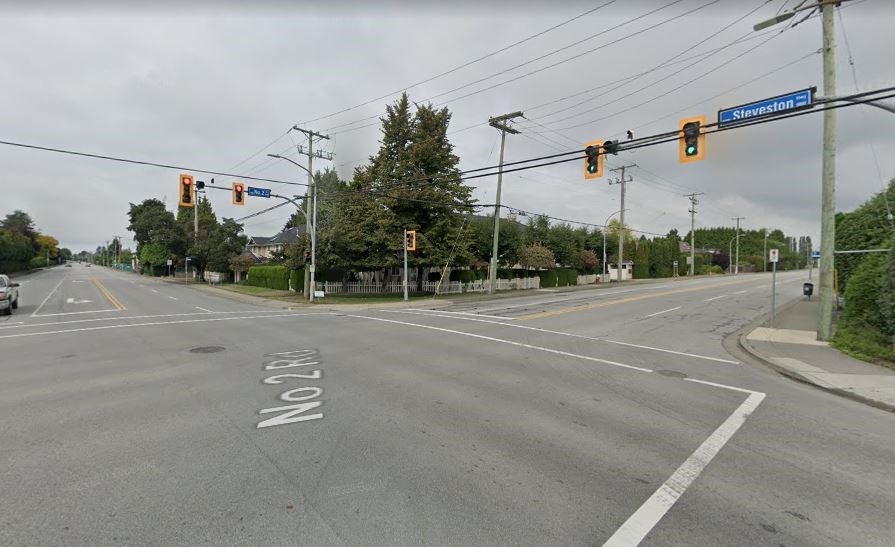Dear Editor,
I am writing today in response to various readers in the Richmond News that have written about the Steveston Highway bike lane.
While I agree with some that we need to have better cycling infrastructure for safe riding without affecting traffic, these two goals may be conflicting. In order to meet Canada’s climate goals and to have a more healthy active population, we must decrease car use and increase active transport. The Steveston Highway project achieves this in many ways.
A new multi-use pathway would open up big connections for all of south Richmond. People could cycle from Steveston over to Ironwood easily.
However, cyclists are not the only ones to benefit. It would be more accessible. Multi-use pathways are wide, flat, and generally great for low-mobility people, seniors and anyone that just wants to go on a nice walk.
Steveston Highway currently dedicates up to 17 metres (being 13.5 metres and four lanes wide at its narrowest points) for motor vehicles for five lanes along most of the route. However, according to the Ministry of Transport, “reducing urban vehicle lanes widths to between 2.75 to 3.0 metres has numerous safety and practical benefits.”
Why don’t we narrow the lanes and use that space for a multi-use pathway and more greenery? Five lanes could fit in as little as 13.5 metres, allowing for space for a pathway without paving over more land. These narrower lanes would mean slower traffic, more careful drivers, all whilst avoiding more pavement on the ground.
The city has suggested increased protection on Williams instead of Steveston. However, asking cyclists to detour two kilometres for a safe roadway is preposterous for a city that seeks to encourage cycling. Williams Road has fewer destinations, less traffic and lower speeds as it is.
Let’s increase road safety, decrease speeds, all while providing for cyclists and pedestrians to enjoy a green future.
Jeff Yu
RICHMOND

